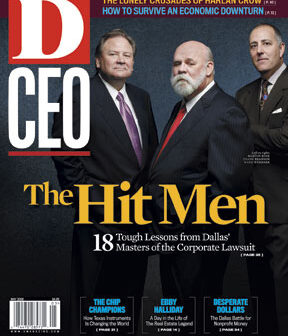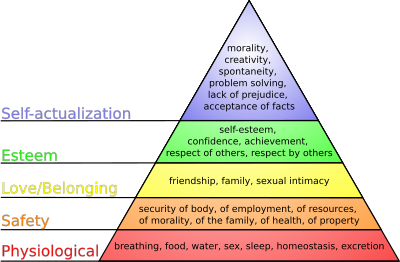Have you ever tried to break the news to a friend that her special someone is cheating on her? Doesn’t go so well, does it? Unfortunately, our friend Jake has to board a plane from Dallas to Austin, book a room at what appears to be a Holidome or Hyatt (what happened with The Bachelorette discount at the Fairmount?), and learns that lesson the hard way–in a chambray shirt, no less. But we’ll get to all that and more from last night’s dramatic painful episode after the jump.




 A big congratulations to D CEO columnist and contributing editor John G. Browning for cleaning up at the Houston Press Club’s statewide Lone Star Awards on Friday.
A big congratulations to D CEO columnist and contributing editor John G. Browning for cleaning up at the Houston Press Club’s statewide Lone Star Awards on Friday. 







 The joint was jammed Saturday night when Ernst & Young announced the winners of its regional Entrepreneur of the Year awards competition at Dallas’ Majestic Theater. E&Y’s 11 winners, who were among 34 finalists profiled in the
The joint was jammed Saturday night when Ernst & Young announced the winners of its regional Entrepreneur of the Year awards competition at Dallas’ Majestic Theater. E&Y’s 11 winners, who were among 34 finalists profiled in the